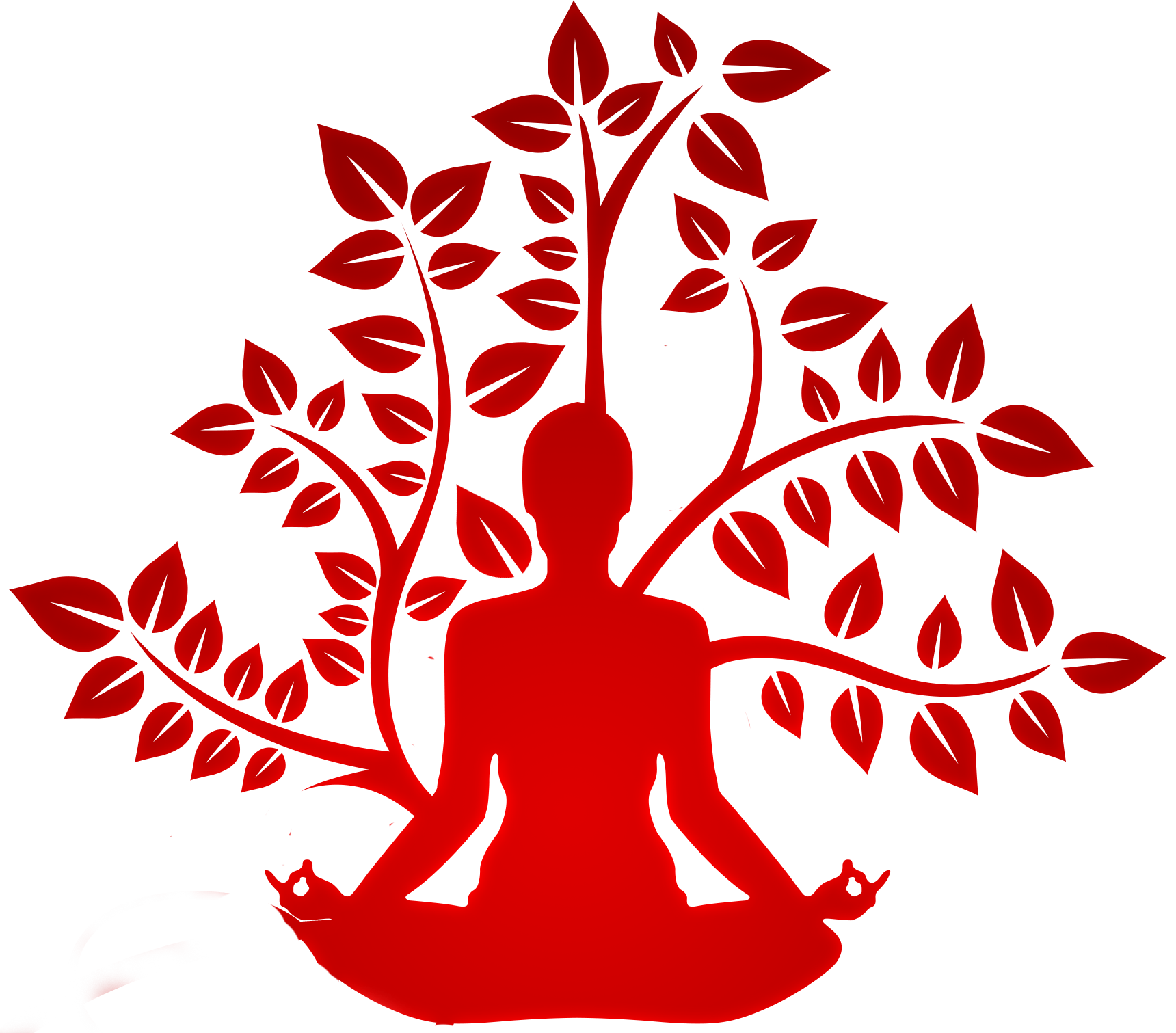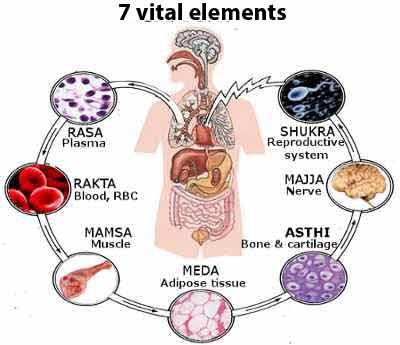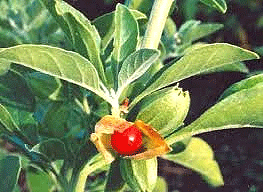Dr.Aashish Phadkeâs AYURVISION Bulletin
VOL-1
"When making personal decisions, listen to what your head says;Â
then listen to what your heart says. If they differ, follow your heart! Whenever you listen toÂ
your heart, you listen to that part of you that is most interested in your well-being." âAnonymous


English (14)
मराठॠ(10)
हिà¤à¤¦à¥ (6)

As rightly said by Albert Einstein, "The difference between what the most and the least learned people know is inexpressibly trivial in relation to that which is unknown." Yet we believe that what we know must be shared for the benefit of all. It is certainly our responsibility and consistent endeavor to know the unknown and share the same with you. And hence we bring forth the periodical âAyurvisionâ, our effort to reach out and share the known with you.
It gives us pleasure to launch the first issue of âAyurvisionâ. Ayurvision - the name itself suggests that we must see, or observe things in perspective of Ayurveda; with the vision of Ayurveda.
Through Ayurvision, we attempt to provide valuable and interesting reading to all our viewers. We introduce columns such as "Interesting World of Medicinal Herbs", giving special emphasis to the current research on the herbs, articles on Ayurveda or alternative therapy like Reiki etc., "Ayurvision news, announcements", âQuote of the Weekâ and of course a special column on "Ayurvedic Cookingâ!!
We request readers to contribute their criticism, suggestions and comments on the periodical and website to us, which will be posted through our column "Readersâ View". You will appreciate that such constructive criticism and feedback from our valuable readers will facilitate us to bring about improvisation in the future issues of Ayurvision.
Send us your responses to editor-ayurvisionbulletin@ayurvision.org.
"Interesting world ofÂ
medicinal herbs",
In this column we will be exploring many interesting medicinal plants/herbs of ayurveda. To begin with let us know about the one which has been most spoken all over world, because of its wonderful activities of immunomodulation, & to combat stress, anxiety, its that drug which is as well famous as Adaptogenic drug, a well known Rasayan Drug of Ayurvedic compendium , & that is none other than ASHWAGANDHA.
Ashwagandha in latin, known to be Withenia somnifera, from Family - Solanaceae.
 In monsoon especially when our "Agni " digestive fire is low, we must have dishes in our menu which will increase the agni.
In monsoon especially when our "Agni " digestive fire is low, we must have dishes in our menu which will increase the agni. Take moong (either dal or whole / aakha) 1 tablespoon, to it add 2 cps of water, & also put a little amount of aardrak (ginger), dhanyak (corriendrum seeds), marich (3 to 4 black pepper seeds), little bit a pinch of salt
(if possible saindha namaka) & boil to get only ½ cup.then srtrain it & take only clear fluid, which can be taken as a straw clear soup of moong.
Ayurinstitute :Â
Institute of Ayurveda &Â
Panchakarma Therapy
Announces 'Online Certificate 'O'Level course on Basic orientation to Ayurveda & Home Remedies and Lifestyle management' self health programme.
We are also proude to launch our courses in following disciplines -
Our 'Institute of Reiki & Allied Healing,India'also conducts workshops & seminars on
Traditional Usui Reiki I,II, III-A, III-B,Grand Master
Karuna Reiki I,II, III-A, III-B,Grand Master
Crystal Healing,Aura Reading
Those who wants to join these courses may contact -

Dr. Aashish Phadke's
Mobile :
+919892698275
+919869041295
Email :

Let me first give thanks to the organizers âAERWAâ for inviting me over here & giving me an opportunity to present my views on Ayurveda. The title/topic & my todays lecture is âORIENTATION TO AYURVEDA & PANCHAKARMA THERAPY, ABOUT MYTHS & FACTS OF AYURVEDA â AYURVEDIC PATHYAM i.e. DIET RULES & ITS UTILITY IN THE MANAGEMENT OF VARIOUS CHRONIC DISORDERS.
Now let us begin with a very basic aspect, what is Ayurveda ? Here let me emphasize that Ayurveda is NOT JUST A MERE BRANCH OF MEDICINE, but a SCIENCE OF LIFE ! Which teaches us to know how to live life in such a way that we would not confront with Disorders. Linguistically speaking âAYURVEDAâ is a word which has made up of Two different terms AYU & VEDA. Ayu means Life & Veda means to know. So in general Ayurveda means knowledge of life /knowledge about life.
Now the question is knowledge of what ? about which things ? Our ancesters, sages defines while giving definition of Ayurveda.

Hitahitam Sukham Duhkam
Ayuh tasya Hitahitam |
Manam cha tat cha yatroktam
Ayurvedah sah utahyate ||
Where Anything which is useful & nonuseful for life Sukhakar & Duhkhakar for Ayu (Life) has been explained with measure (manam) i.e. Ayurveda. So in nutshell aAyurveda teaches us about how to live life.

While looking of Aims & objects of Ayurveda, it has been said
Swasthasya Swasthya Rakshanam |
AatoorasyaÂ
Vikarpoorimokshanam cha ||
i.e. to mentain the health of healthy individuals first & also to make diseased free from diseased state. Here one may notice, that 5000 B.C. Ayurveda has emphasized the need of âPreventive & social Medicineâ by means of âSwasthavirittaâ. Wherein there is a mention of Doâs & Donât about many things viz. food habits, exercises, behavariol paterns & so on.
Now let us discuss another important & interesting issue. What is positive Health, Holistic Health according to Ayurveda ? Health is termed as âSwasthaâ in Ayurveda & is defined as
Samadoshah Samagnisha Samadhah Malohkriyah |
Prasanna Atmendriya Monah Swastha iti abhidhiyate ||
(Su. Sam.)


It is that state of Body, where all Tridosha (3 vital forces, vata, Pitta, Kapha), Sapta Dhatus (i.e. 7 vital elemental tissues vit Rasa, Rakta, Mamsa, Meda Asthi, Majja, Shukra) & Trimalas (ie. Excretory waste metabolites vit. Mala (Stools), Mootra (urine) Sweda (sweating) as well as digestive fire Agni should be in equilibrium (i.e. Sammyavasbtha), & not just that, even ones Atma (soul), Indriya (sense organs) & Manes (i.e. Mind) should be perfectly in blissful condition.
Then only, one can say that there is condition of total health (swastha). & this definition in really interesting since it shows a great similarity with that of & WHO is defferent of Health ! which also emphasites importance of Physical, mental, psychological, social & sexual health ||
Now let us understand about the concept of Tridusha in brief. In Ayurveda it has been postulated that all our bodily functions are caroied out by means of 3 vital forces working within our body. They are termed as DOSHAS. They are 3 in nos. so Treidosha. They are VATA, PITTA & KAPHA.
Vata is that component which is responsible for all possible bodily movements ranging from movement of our limbs, act of respiration, heartâs contraction & relaxation to even cellular or mtracellulor activities such as division of spindle fibres, mitofic /meotic cell division & so on ...
Pitta is that component responsible for all possible conversion taking place in our body & also responsible for production of Heat element. Its responsible for production of Heat element. Its functions varies from to convert food which we ingest to that substance which can be easily absorbed & assimilated by our guts; presence of various enzymatic reactions & conversions. Also important component in skin as Bhrajak Pitta, imbalence of which brings about various skin disorders. In a form of Alochak Pitta in eyes, responsible for act of vision & so on â¦.
Wherever there is a new creation, building of new tissue generation, a component that comes to play is termed as "KAPHA". If also perfoms different functions such as responsible for taste as seat in Tangue as Bodhak Kapha. Prevents erosion to guts, prevents friction in both ends of boxes in joint as Shleshak Kapha & so on
In Saptadhatu, we know most of them but in a contemporary modern terminology viz.
Rasa = Lymphatics
Rakta = Blood.
Mamsa = muscle
Meda = Adipose tissue (fats)
Asthi = Skeletal tissue (Bones)
Majja = Bone Moorows.
Shukra = Semen/Sperm. (noj just this much more than that, in fact there could no be a right word for translation ! )
All these Saptadhatu gives rise to the gist & i.e. known as âOjasâ. When Ojas is depleted one may full seriously ill. Many of the researchers in Ayurveda correclate Ojokshayam to HIV/AIDS.
There is a myth that Ayurveda do not have surgical Discipline. But in fact it is very corong. Around 5000, BC. Ayurveda was having full flaged 8 Branches known as
Kaya Bala Graha Urdhwang.
Shalya Danshtra Jara Vrishan |
Ashttu Angani Tasyahu
Chikitsa Yeshu Sanshrita ||
(A. Hr. Su.)
that means â Treatment modalities in Ayurveda can be specifically differentiated in the following & branches such as â
1. KAYACHIKITSA ie. Gen. Medicine/Internal Medicine.
2. BALAROGA & ie. Paediatrics. (STREE-ROGA-PRASUTI) Gynaecology & Obstetrics.
3. GRAHACHIKITSA ie. Psycheatry / Parasychology.
4. URDHWANGATANTRA ie. Diseases of ENT.
(ie. SHALAKYA TANTRA) Iphthalmalogy, Newrology.
5. SHALYATANTRA ie. Gen. Surgery including Orthopedic Surgery,& Plastic Surgery.
6. DANSHTRA CHIKITSA ie. Toxicology, Forensic(AGADATANTRA) Medicine & Inriceprudence.
7. JARATANTRA ie. Geriatrics.
8. VRISHYA CHIKITSA ie. Rejuvenation thereapy/ RASAYANA CHIKITSA/Prohost Therapy Immunomodulatory Therapy.
Another myth of Ayurveda is, that there are NO SIDE EFFECTS of Ayurvedic Drugs. No, when a drug is tend to have effect, then so with the side effect as well. Only may be relatively percentage of side effect of Ayurvedic drugs may be much lesser than those of synthetic drugs.
.... to be continued in the next issue of AYURVISION BULLETIN
Dr.Aashish Phadke, Dr. (Mrs.) Sakshi Sharma

Ashwagandha, also known as Winter cherry, has been used for thousands of years as a popular remedy for many conditions. Perhaps its main use, as described in Ayurvedic literature, is as a daily, long-term 'rasayana' or rejuvenating treatment. Ashwagandha is one of the best known and best researched Ayurvedic herbs and holds a place in the Ayurvedic traditions similar to Ginseng in Chinese therapies. For that reason, Ashwagangha has been often referred to as the 'Indian Ginseng'. It is one of the best health tonics and restorative agents that have been used to treat general debility, exhaustion, stress induced fatigue and insomnia. Studies have shown its rejuvenating effect, particularly for the muscles and marrow. Various alkaloids and withanoloides in Withania somnifera have shown impressive results in scientific testing, two of them as stimulants for the immune system.
(English): Winter Cherry
Effects on Dosha : Lowers down Vata,- Increases Pitta & Lowers down Kapha
Rasa (Taste)- tikta, kashaya Veerya -ushna
Vipaka-(Post-Digestive Action): madhura
PHARMACOLOGICAL ACTIVITIES -tonic, adaptogen, nervine sedative, anti-inflammatory, anti- tumor (in high doses) rasayana, aphrodisiac,
Current research -
Curative property of Withania somnifera Dunal root in the context of carbendazim-induced histopathological changes in the liver andÂ
kidney of rat
The liver and kidney of rat underwent severe histopathological lesions when treated with a single bolus dose of carbendazim, a fungicide, particularly affecting the hepatocytes and the renal corpuscles, respectively. The effects appear to be manifestations of the microtubule-disrupting activity of carbendazim. Treatment of carbendazim-treated rats with the powder of tuberous root of Withania somnifera (Ashwagandha) for 48 days resulted in complete cure of these organs. The results indicate that Withania somnifera would be an effective curative for carbendazim-induced histopathological changes in the liver and kidney.
(Akbarsha MA, Vijendrakumar S, Kadalmani B, Girija R, Faridha A)

Scroll To Top